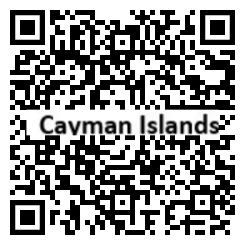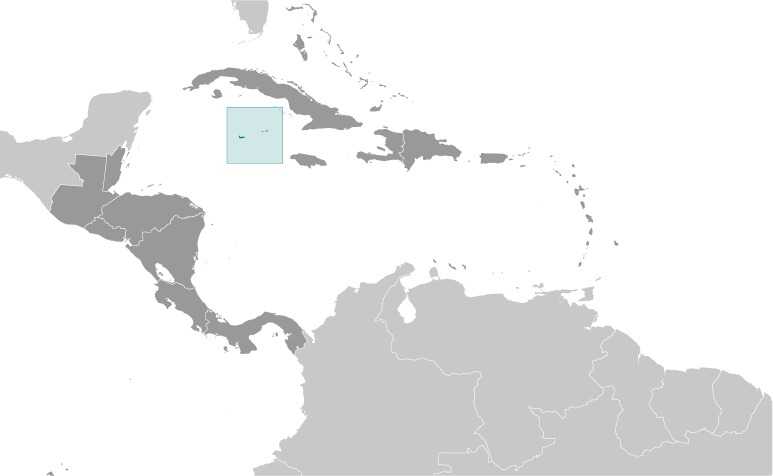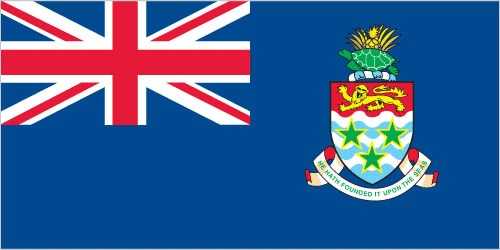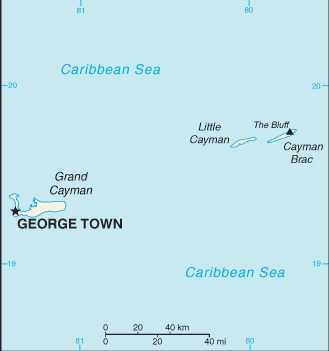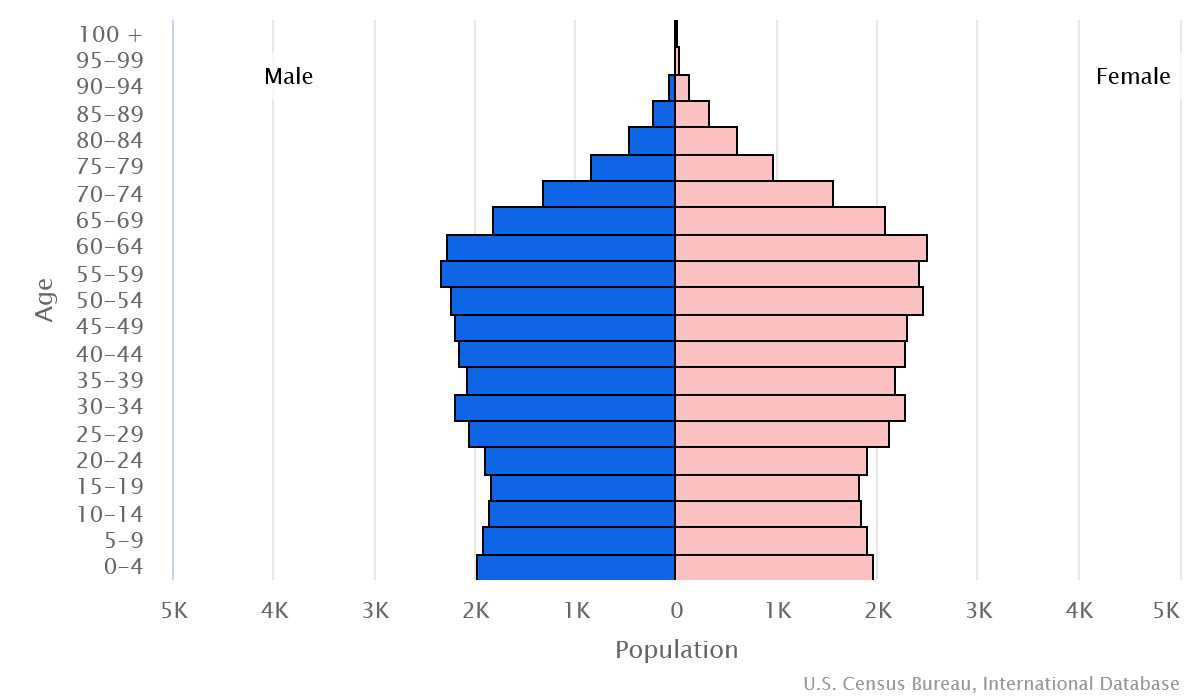Introduction
Background
The British colonized the Cayman Islands during the 18th and 19th centuries, and Jamaica administered the islands after 1863. In 1959, the islands became a territory within the Federation of the West Indies. When the Federation dissolved in 1962, the Cayman Islands chose to remain a British dependency.
Geography
Area
total: 264 sq km
land: 264 sq km
water: 0 sq km
Climate
tropical marine; warm, rainy summers (May to October) and cool, relatively dry winters (November to April)
Natural resources
fish, climate and beaches that foster tourism
People and Society
Population
total: 66,653
male: 32,379
female: 34,274 (2024 est.)
Ethnic groups
Cayman Islander 35.4%, Jamaican 24.8%, Filipino 5.5%, British 5.3%, American 5.2%, Honduran 4.2%, Canadian 3.3%, Indian 2.1%, Cuban 1.6%, Nicaraguan 1%, other 11.1%, unspecified 0.5% (2021 est.)
Languages
English (official) 88.8%, Spanish 3.9%, Filipino 3.8%, other 2.8%, unspecified 0.7% (2021 est.)
Religions
Protestant 60.8% (includes Church of God 19.5%, Seventh Day Adventist 8.7%, non-denominational 8.3%, Baptist 6.9%, Pentecostal 6.8%, Presbyterian/United Church 5.7%, Anglican 2.8%, Wesleyan Holiness 1.5%, Methodist 0.5%), Roman Catholic 13.6%, Hindu 1.7%, Jehovah's Witness 0.9%, other 4.8%, none 16.7%, unspecified 1.4% (2021 est.)
Population growth rate
1.75% (2024 est.)
Government
Government type
parliamentary democracy; self-governing overseas territory of the UK
Capital
name: George Town (on Grand Cayman)
Executive branch
chief of state: King CHARLES III (since 8 September 2022); represented by Governor Jane OWEN (since 21 April 2023)
head of government: Premier Juliana O'CONNOR-CONNOLLY (since 15 November 2023)
Legislative branch
description: unicameral Parliament (21 seats; 19 members directly elected by majority vote and 2 ex-officio members - the deputy governor and attorney general - appointed by the governor; members serve 4-year terms)
Economy
Economic overview
dominant offshore banking territory; services sector accounts for over 85% of economic activity; recently adopted a fiscal responsibility framework to combat tax evasion and money laundering; large tourism sector; does not have any welfare system; high standard of living
Real GDP (purchasing power parity)
$4.902 billion (2022 est.)
$4.729 billion (2021 est.)
$4.546 billion (2020 est.)
Real GDP per capita
$71,400 (2022 est.)
$69,400 (2021 est.)
$67,500 (2020 est.)
Agricultural products
vegetables, fruit; livestock; turtle farming
Industries
tourism, banking, insurance and finance, construction, construction materials, furniture
Exports
$4.054 billion (2021 est.)
$3.951 billion (2020 est.)
$4.205 billion (2019 est.)
Exports - partners
Malta 30%, Norway 22%, Seychelles 16%, Grenada 8%, US 5% (2022)
Exports - commodities
ships, aircraft, refined petroleum, natural gas, broadcasting equipment (2022)
Imports
$2.743 billion (2021 est.)
$2.51 billion (2020 est.)
$2.743 billion (2019 est.)
Imports - partners
US 47%, Italy 19%, Turkey 7%, Germany 6%, Switzerland 4% (2022)
Imports - commodities
ships, refined petroleum, diamonds, cars, gold (2022)
Exchange rates
Caymanian dollars (KYD) per US dollar -
Exchange rates:
0.833 (2021 est.)
0.833 (2020 est.)
0.833 (2019 est.)
0.833 (2018 est.)
0.833 (2017 est.)
Page last updated: Wednesday, May 15, 2024
